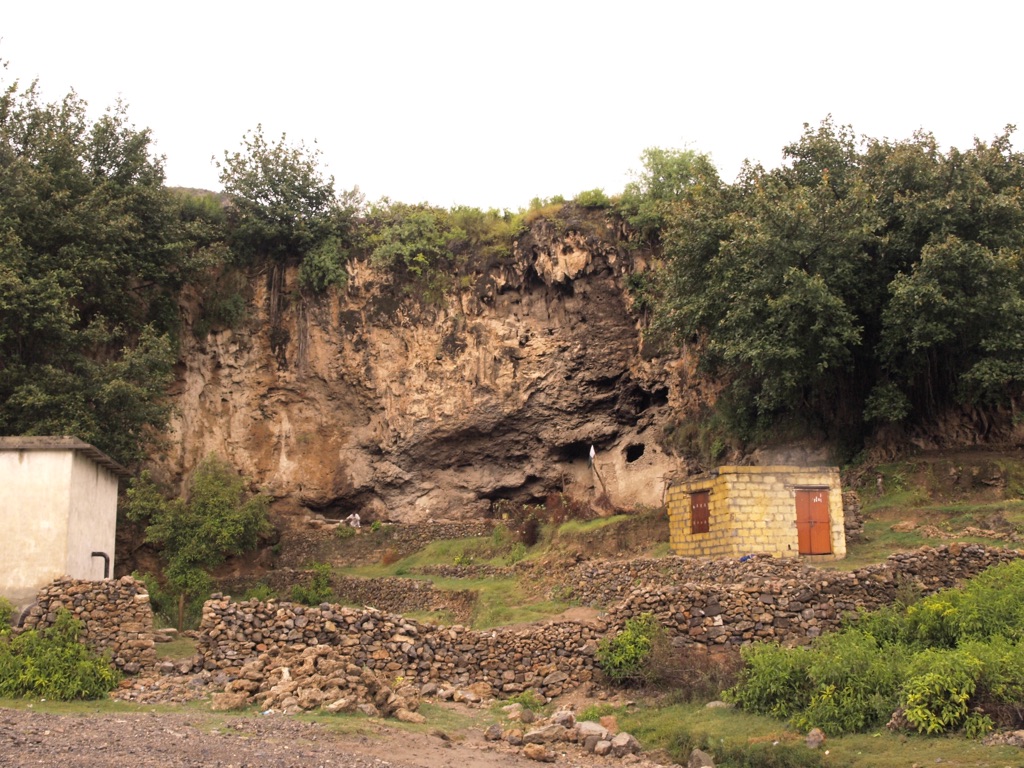The Shah Allah Ditta caves are a series of ancient caves located in Islamabad, Pakistan. They are nestled in the Margalla Hills and are believed to be over 2400 years old. These caves hold significant historical importance, as they provide evidence of early human life and have been a part of various historical events. The caves are named after a Mughal period dervish, Shah Allah Ditta, and have been a place of solace and meditation for centuries.
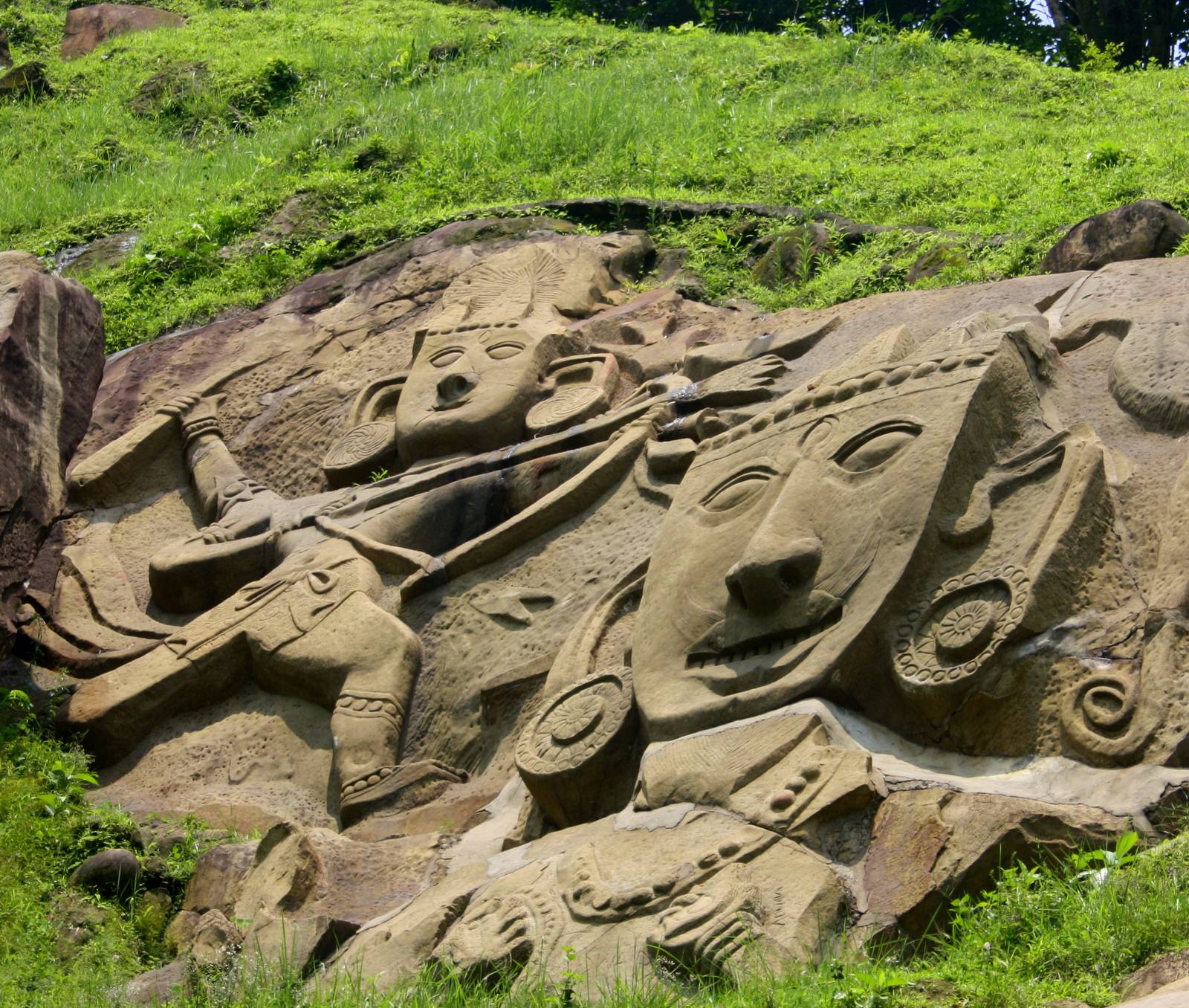
Unakoti
Unakoti is a historic site in Tripura, India, known for its colossal rock reliefs and stone carvings. The name ‘Unakoti’ means ‘one less than a crore’ in Bengali, signifying the countless sculptures present. It is a significant archaeological and religious site, featuring carvings of Hindu deities dating back to between the 7th and 9th centuries. The site is shrouded in mystery, with its origins and the artists who created these works largely unknown. Unakoti serves as a pilgrimage destination during the Ashokastami festival, drawing devotees and tourists alike.
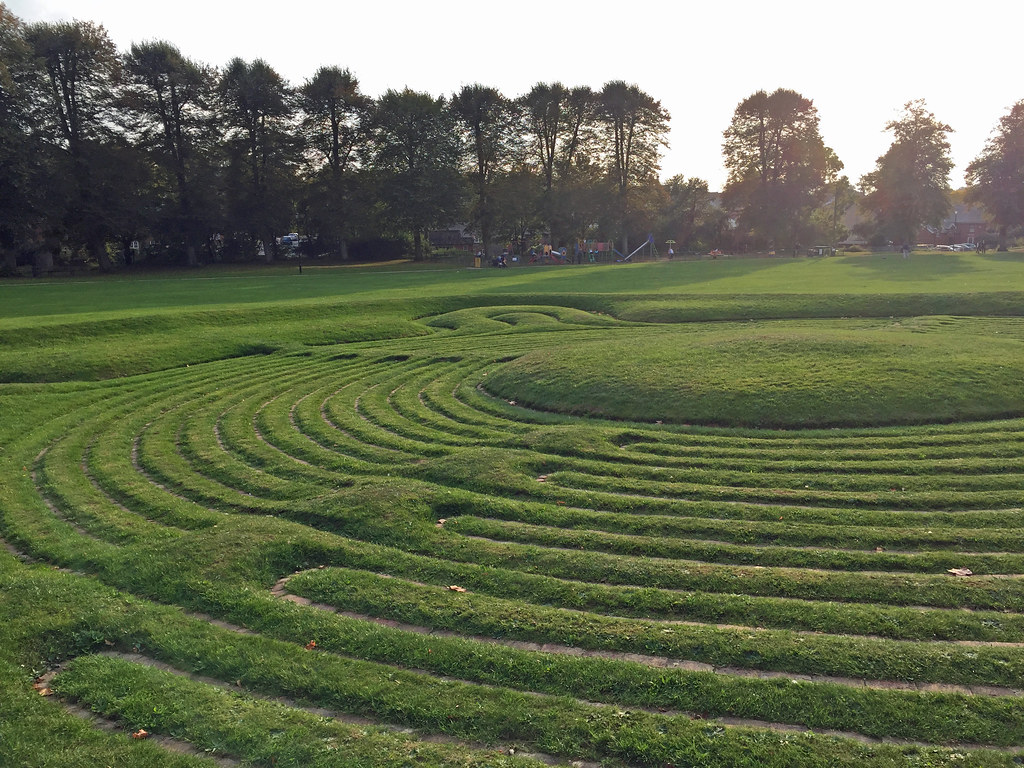
Saffron Walden Turf Maze
The Saffron Walden Turf Maze is one of the most intriguing historical sites in the UK. It’s a large, circular labyrinth located in the town of Saffron Walden, Essex. Unlike stone and hedge mazes, turf mazes are cut into the grass, creating a path defined by the earth itself. This particular maze is one of the finest and most preserved examples of its kind, with a history that captures the imagination of historians and visitors alike.
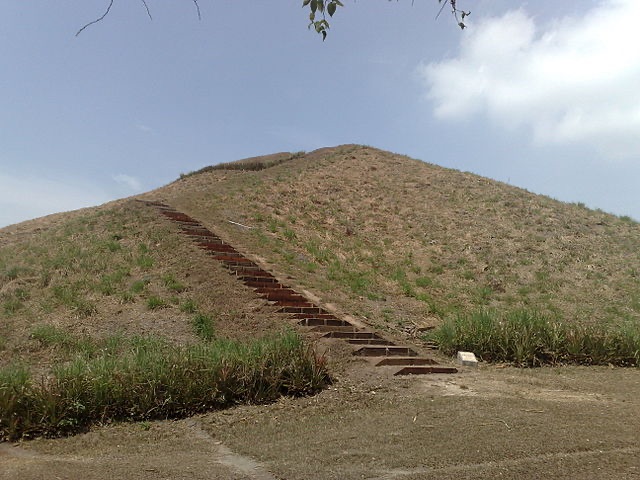
La Venta
La Venta is an ancient archaeological site located in the present-day Mexican state of Tabasco. This pre-Columbian site is one of the most significant remnants of the Olmec civilization, known as the “Mother Culture” of Mesoamerica. La Venta thrived as a cultural center from around 1200 to 400 BCE, featuring complex urban planning, monumental architecture, and distinctive colossal stone heads. Its discovery and subsequent excavations have provided invaluable insights into Olmec society, religion, and artistic achievements.
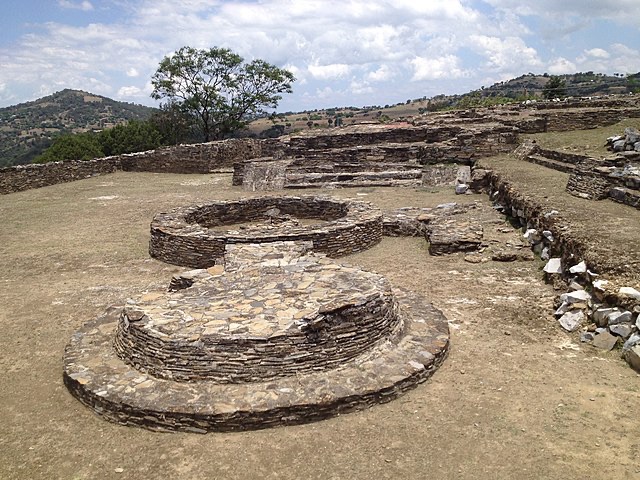
Ixcateopan
Ixcateopan is a historical site in Mexico, known for its archaeological significance and its association with the last Aztec emperor, Cuauhtémoc. The town of Ixcateopan de Cuauhtémoc, located in the northern part of Guerrero state, is where the remains believed to be of Cuauhtémoc were discovered. This site offers a unique glimpse into the post-classic period of Mesoamerican history and the Aztec civilization. It has become a focal point for research and theories about the Aztec empire and its downfall following the Spanish conquest.
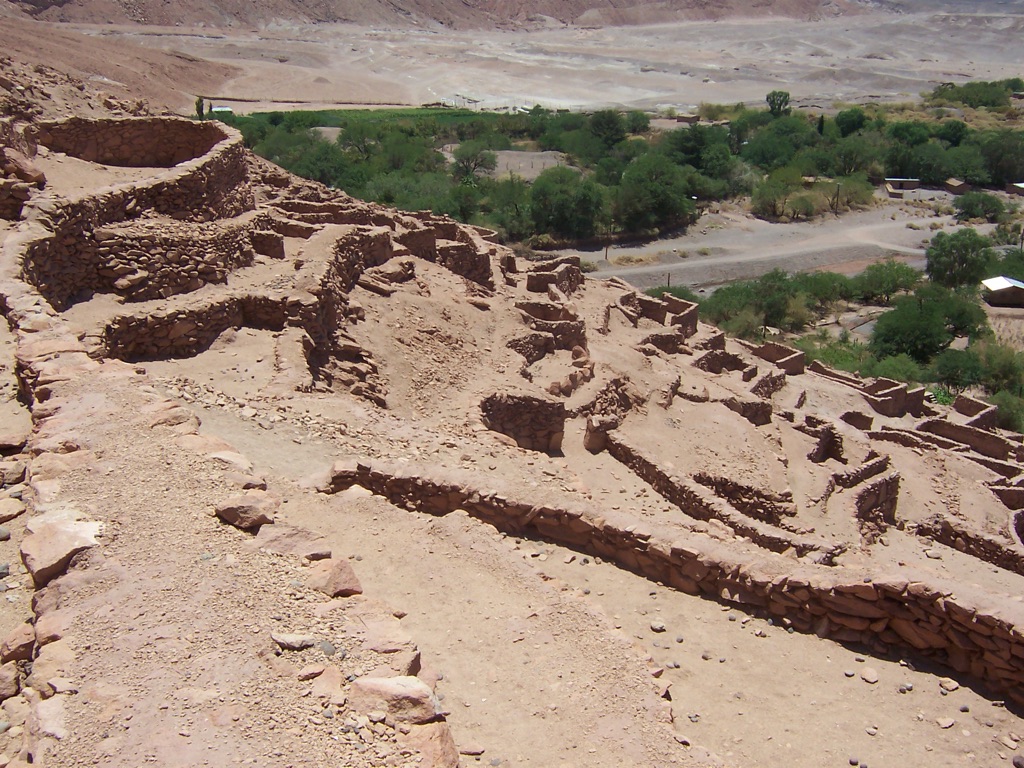
Pukara de Quitor
The Pukara de Quitor is an ancient pre-Columbian fortress, located near San Pedro de Atacama, in the Antofagasta Region of Chile. It stands as a testament to the strategic ingenuity of the Atacameño people, who built it in the 12th century. This stone fortress served as a defensive stronghold for the local communities against invading forces. It witnessed significant historical events, including battles during the Spanish conquest. Today, it is recognized as a national monument and an important archaeological site, offering insights into the region’s indigenous history and culture.

